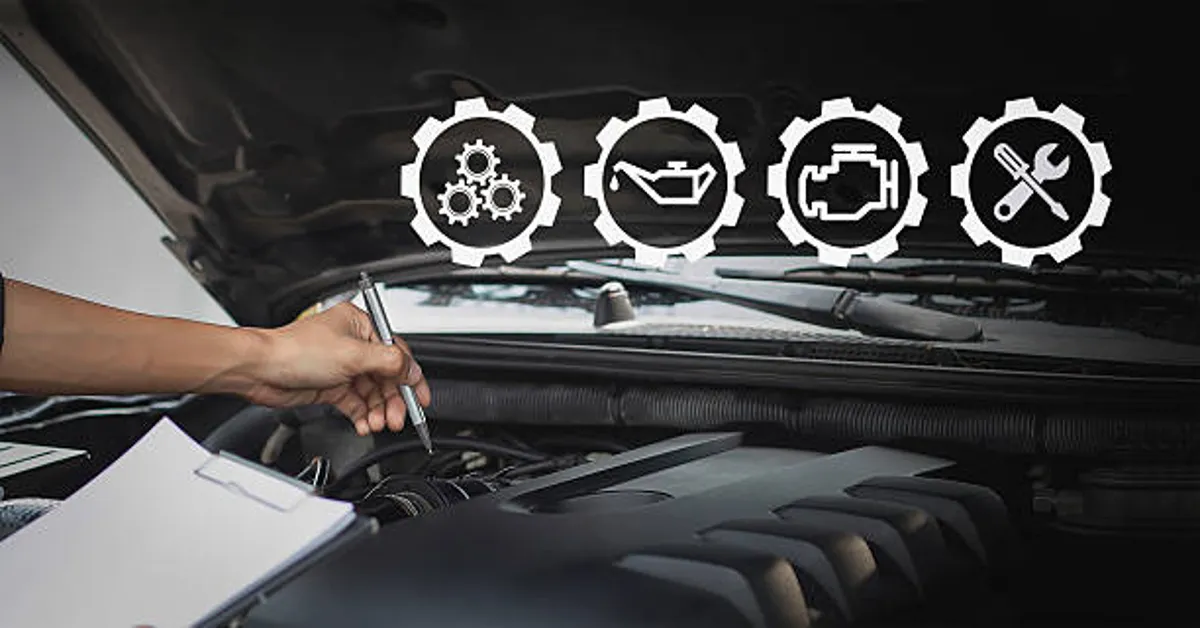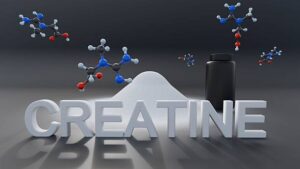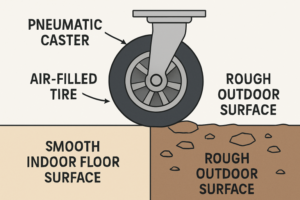Engines are the heart of modern transportation, powering cars, motorcycles, trucks, boats, and countless machines. They combine fuel, air, and mechanical design to convert energy into motion. When an engine fails or shows signs of distress, it disrupts not only transportation but also safety, finances, and convenience. Engine repair is therefore one of the most critical aspects of vehicle care, requiring a balance of technical knowledge, practical tools, diagnostic skills, and preventive measures. In this comprehensive article, we will explore the fundamentals of engine repair, delve into the most common issues drivers face, and provide practical solutions along with maintenance strategies.
The Basics of How Engines Work
An engine is essentially an energy conversion device. Internal combustion engines, the most common in vehicles, rely on controlled explosions of fuel mixed with air inside cylinders. These explosions move pistons, which in turn rotate a crankshaft, creating mechanical motion that powers wheels or machinery.
Key components include:
- Cylinder Block: The central housing where combustion takes place.
- Pistons and Rings: Convert fuel combustion into movement while preventing gas leakage.
- Crankshaft: Translates piston movement into rotational force.
- Camshaft: Controls intake and exhaust valves.
- Valves: Allow air and fuel in and let exhaust gases out.
- Fuel System: Delivers precise amounts of fuel.
- Ignition System: Provides spark for combustion.
- Cooling and Lubrication Systems: Maintain temperature and reduce friction.
Understanding these elements is the first step in diagnosing and repairing problems.
Why Engines Fail
Engines rarely fail overnight; problems often develop gradually due to a combination of mechanical wear, neglect, or external factors. The most common causes include:
- Poor Lubrication – Insufficient or degraded oil leads to excessive friction, overheating, and eventual part failure.
- Overheating – Caused by coolant leaks, clogged radiators, or failed thermostats, leading to warped components and cracked heads.
- Fuel Issues – Dirty injectors, contaminated fuel, or faulty pumps disrupt combustion.
- Ignition Failures – Spark plug or coil issues prevent proper firing.
- Air Intake Problems – Clogged air filters or leaks reduce oxygen supply.
- Wear and Tear – Over time, bearings, seals, and gaskets naturally degrade.
Early Warning Signs of Engine Trouble
Detecting issues early is crucial to avoid costly breakdowns. Symptoms include:
- Knocking or tapping sounds from the engine.
- Excessive smoke from exhaust (black, blue, or white).
- Loss of power or sluggish acceleration.
- Engine misfires or stalling.
- Warning lights such as the “Check Engine” indicator.
- Overheating temperature gauge readings.
- Strong odors like burning oil or fuel.
Paying attention to these signs allows drivers to intervene before minor issues escalate into full-scale repairs.
Common Engine Problems and Their Repairs
1. Overheating
- Causes: Coolant leaks, failed water pump, clogged radiator.
- Repair: Inspect hoses and gaskets, flush the radiator, replace thermostat or pump as needed.
2. Oil Leaks
- Causes: Worn seals, cracked gaskets, damaged oil pan.
- Repair: Identify source of leak, replace gasket or seal, ensure proper oil level and pressure.
3. Timing Belt or Chain Failure
- Causes: Lack of scheduled replacement.
- Repair: Replace belt/chain, inspect tensioners, check valve timing alignment.
4. Worn Piston Rings
- Causes: High mileage, poor lubrication.
- Repair: Rebuild engine with new rings and hone cylinders.
5. Head Gasket Failure
- Causes: Overheating, design flaws.
- Repair: Replace gasket, check cylinder head for cracks or warping.
Preventive Maintenance for Long Engine Life
Preventive care reduces the frequency and cost of repairs. Essential practices include:
- Oil Changes: Replace oil and filter every 5,000–10,000 km, depending on manufacturer guidance.
- Coolant Flushes: Replace coolant every 2–3 years to prevent corrosion.
- Air Filter Replacement: Change every 15,000–30,000 km.
- Fuel System Cleaning: Use additives or professional cleaning to maintain injector performance.
- Spark Plug Replacement: Inspect and change as specified by manufacturer.
- Belt and Chain Checks: Replace before expected lifespan ends.
- Regular Inspections: Professional checks catch problems early.
Essential Tools for Engine Repair
Successful engine repair requires both general and specialized tools.
| Tool | Purpose |
|---|---|
| Socket Set | Removing bolts and fasteners |
| Torque Wrench | Applying precise tightening force |
| Compression Tester | Checking cylinder compression |
| Timing Light | Adjusting ignition timing |
| Multimeter | Testing electrical components |
| Engine Hoist | Removing and reinstalling engines |
| OBD-II Scanner | Reading diagnostic codes |
Costs of Engine Repairs
Repair costs vary widely depending on problem severity:
| Repair Type | Average Cost Range |
|---|---|
| Oil Leak Repair | $150 – $600 |
| Timing Belt Replacement | $500 – $1,200 |
| Head Gasket Replacement | $1,200 – $2,500 |
| Engine Rebuild | $2,500 – $4,500 |
| Engine Replacement | $4,000 – $8,000+ |
Preventive maintenance is always more affordable than major engine overhauls.
Rebuilding vs. Replacing an Engine
When an engine suffers catastrophic failure, two main choices exist:
- Rebuilding – Disassembling, cleaning, machining, and replacing worn parts. This is cost-effective if the block is in good condition.
- Replacing – Installing a used, remanufactured, or brand-new engine. This option offers reliability but at a higher cost.
The choice depends on budget, vehicle age, and long-term goals.
Environmental Considerations in Engine Repair
Engine repair is not only about performance but also about emissions and efficiency. Worn or poorly tuned engines release more pollutants. Regular repairs help reduce:
- Carbon monoxide emissions from incomplete combustion.
- Hydrocarbon emissions from unburned fuel.
- Nitrogen oxides linked to overheating.
Sustainable practices include recycling old oil, responsibly disposing of coolant, and choosing remanufactured parts where possible.
DIY vs. Professional Repair
- DIY Repair: Suitable for enthusiasts with mechanical knowledge, proper tools, and time. Great for small tasks like spark plug replacement, oil changes, or minor gasket repairs.
- Professional Repair: Necessary for complex jobs like timing belt replacement, cylinder head work, or full rebuilds. Shops provide warranties, expertise, and specialized equipment.
Future of Engine Repair
With the rise of hybrid and electric vehicles, traditional engine repair will evolve. Internal combustion engines will remain relevant for decades, but technicians will increasingly need knowledge of battery systems, electric motors, and advanced diagnostic software. For now, mastering internal combustion repair ensures readiness for both current and future demands.
Conclusion
Engine repair is both an art and a science, requiring knowledge of mechanics, chemistry, electronics, and human observation. Whether you are a driver seeking to understand your car better, an aspiring mechanic, or a seasoned technician, the principles of diagnosis, prevention, and repair remain universal. By maintaining proper lubrication, cooling, fuel, and ignition systems, engines can serve reliably for hundreds of thousands of kilometers. Repairing engines is not just about fixing machines; it is about preserving safety, efficiency, and trust in the vehicles that move us every day.
ALSO READ: Electronic Rush: Exploring the Modern Surge of Digital Technology
FAQs
1. What is the most common cause of engine failure?
Poor lubrication due to missed oil changes is the leading cause of engine damage, as it increases friction and wear.
2. How often should I replace my timing belt?
Most manufacturers recommend every 60,000–100,000 miles, but always check your vehicle’s service manual.
3. Can I drive with a blown head gasket?
It is not safe; driving with a blown head gasket can lead to severe engine damage and costly repairs.
4. What’s the difference between an engine rebuild and an engine replacement?
Rebuilding restores the original engine with new parts, while replacement installs a different engine, often remanufactured or new.
5. How can I reduce engine repair costs?
Regular maintenance like oil changes, coolant flushes, and timely inspections helps prevent expensive breakdowns.









